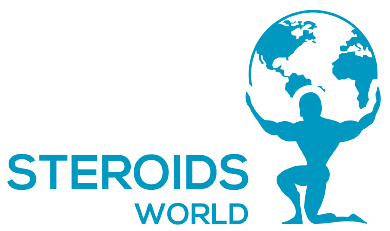Testosterone Cypionate Subcutaneous VS Intramuscular
If subcutaneous progesterone injectable are correct for you, all you’ll need is a little insulin syringe to get the hormone into your system. In most cases, a 0.5-inch long, 25-27 gauge needle in a 1ml syringe would enough. In any case, for convenience and comfort, the aforementioned insulin needles and syringes are your best choice in terms of both comfort and ease of use. They also do not necessitate aspiration, which is typically employed in older IM injection procedures.
Because of the narrow needle size, drawing the testosterone into the insulin syringe may take a little longer.
This approach efficiently maintain hormone levels with smaller, more frequent dosages than the previous dose of 200 mg every six days.
Most patients will benefit from two injections that split the whole weekly dosage twice a week, such as a Monday and Thursday routine.
While the UC research is one of the most current studies on the issue of regional vs intramuscular testosterone injections and offers us with helpful data on four particular lab test results of concern, it is not the only information we have. A separate article published in the Journal of General Obesity discovered that SubQ injections kept blood testosterone levels normal. The majority of patients favoured the injection procedure since it caused less discomfort at the injection site. Similar findings were discovered in a research led by Dr. Al-Futais in a Canadian study that lasted a year in 2002.
Similar outcomes for subcutaneous testosterone injections have been discovered in testosterone research based on female-to-male (FTM) transgender persons. According to the Journal of Clinical Endocrinology and Metabolism, FTM patients who were given SubQ testosterone were able to achieve stable and normal testosterone levels as well as appropriate E2 levels. SubQ testosterone injections were shown to be both safe and effective in the trial.
A last research of note was study in the Journal of the Endocrine Society, however it was significantly less in-depth than the prior ones. Similar to the previous assessments, no significant differences in (dihydrotestosterone) DHT levels were detected between IM and SubQ patients. Interestingly, unlike our UC investigation, this study found no discernible variation in E2 levels between the two groups. It should be emphasised, however, that this trial only comprised a single injection of 1000mg Testosterone Undecanoate.



















